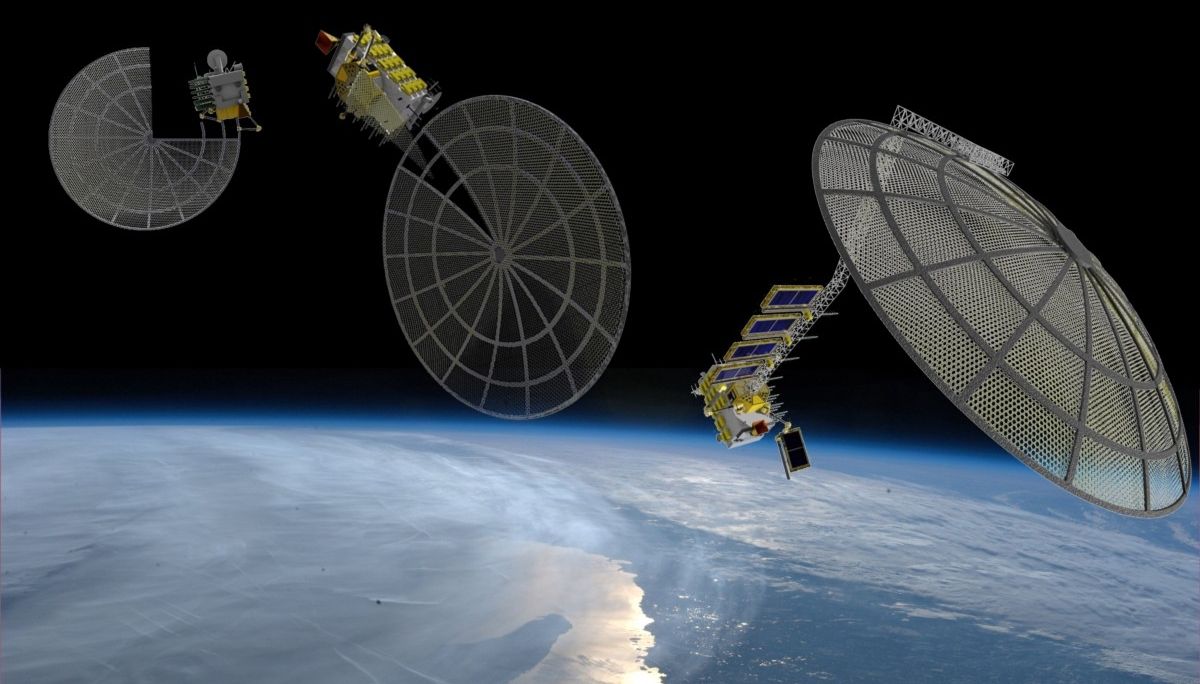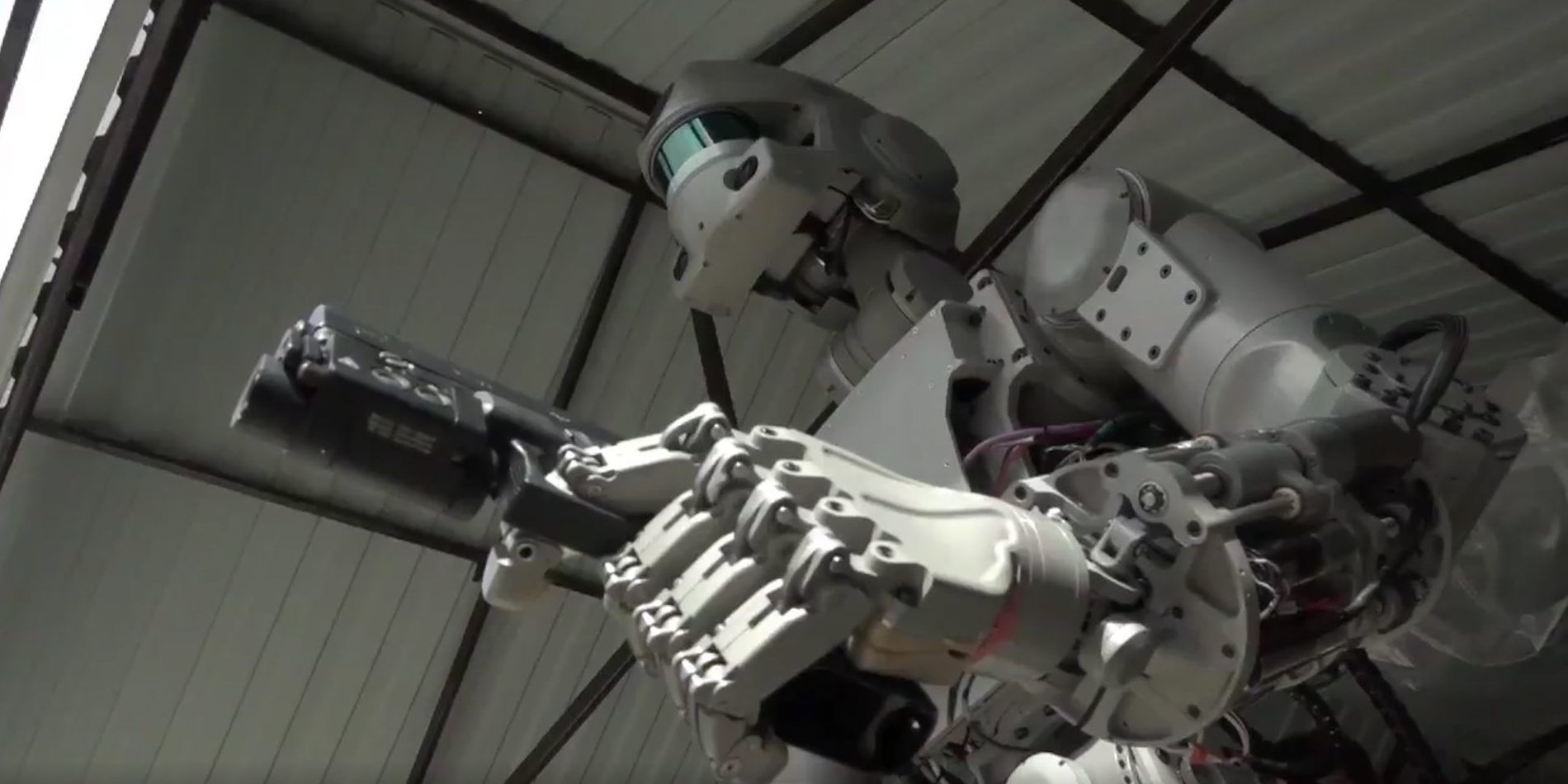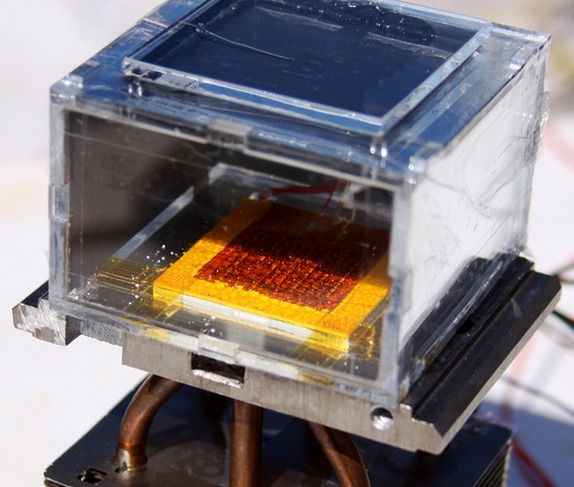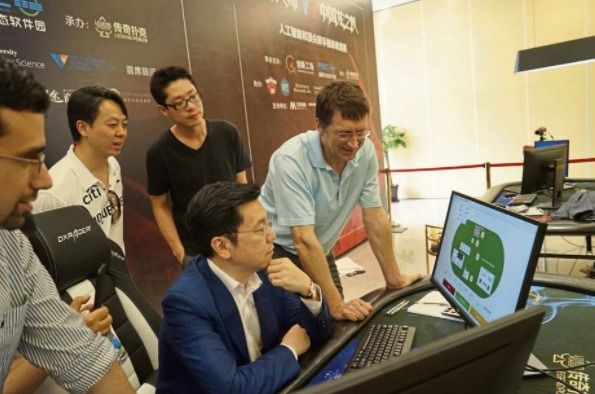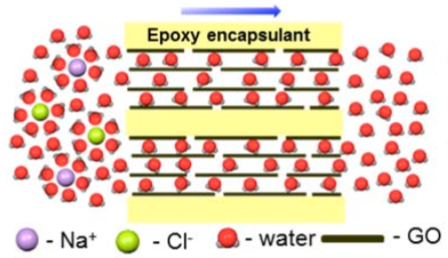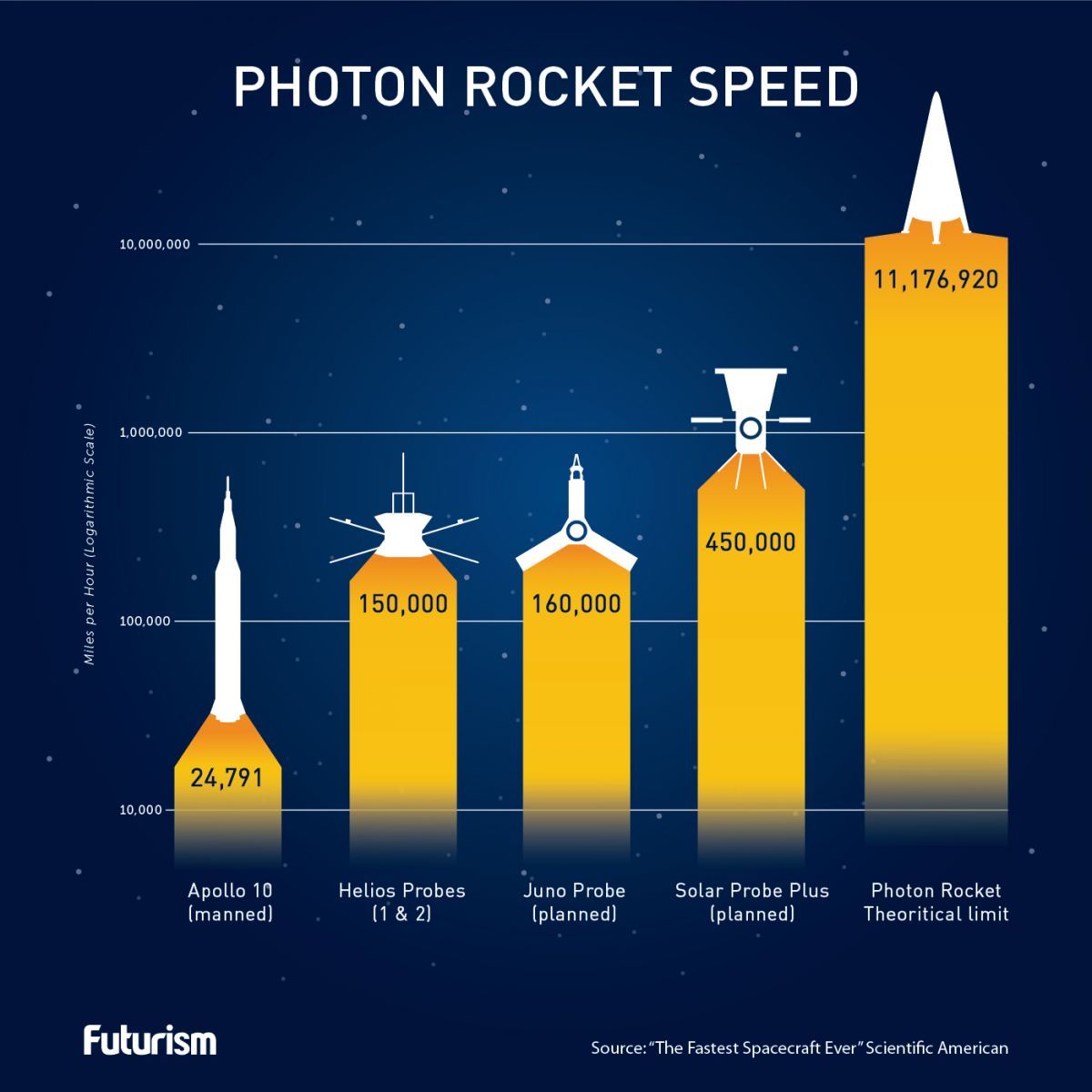When we think about our species’ future in space, we often imagine a network of large space stations, on-orbit factories producing large transport vessels, and giant imaging systems gazing deep into the universe’s history. That future is achievable, but it requires we think about more than just lowering the cost of launching to space. The International Space Station, the largest structure humans have put in space thus far, took more than a decade, billions of dollars, and dozens of launches and spacewalks to complete. Despite an incredible result, this construction approach won’t scale to meet future demand. A future in space that includes residences, industrial facilities, and transport stations needs platforms that allow us to manufacture and assemble large space systems in space.
